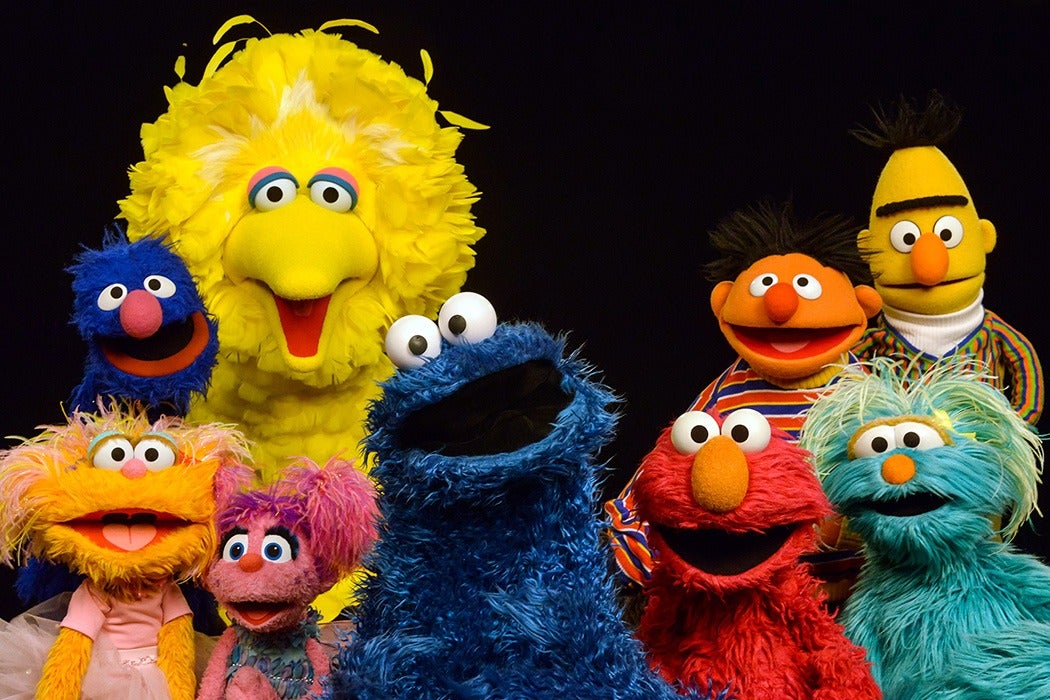It swept through social media like wildfire—a viral video showing Elmo getting laid off. The video was in response to President Trump’s new budget, which calls for defunding the Corporation for Public Broadcasting—better known as the home of Sesame Street.
Among all that uproar, it’s easy to forget the show’s original purpose: to use TV to deliver research-based educational techniques and prepare low-income kids for school. Interestingly, the early days of Big Bird and Oscar the Grouch were not always so sunny.
In 1969, just a few months before the first Sesame Street aired, John W. Macy, Jr. wrote an investigation of how public broadcasting might better serve American viewers. “This program is directed at teaching pre-schoolers letters of the alphabet and numbers by using the commercial advertising techniques of animation, jingles, and so forth,” he wrote. Macy viewed shows like Sesame Street as a way to reach out to kids without letting them know they were being taught—and to address “the racial problem” by promoting understanding across color lines.
But how best to measure if the show met its own goal? In 1971, Herbert A. Sprigle had a solution: compare kids exposed to the show with kids who weren’t and evaluate their school readiness. He found that children who watched the show were still at a disadvantage compared to their peers—and that those gaps “increased as a result of Sesame Street.” Sprigle called the show “a poorly conceived, poorly developed, and poorly presented educational program” and said that it could never fulfill its own expectations. (It’s worth noting that Sprigle ran a competing school readiness program and may have viewed the show as a threat.)
Educational Testing Service data from 1971 provided researchers with a glowing review of Sesame Street, but as Martin Schiff reported, others begged to differ. One study found that the show didn’t narrow educational gaps or affect children much at all, and that children in affluent homes seemed to gain more from the show than poorer ones. Another found that Mr. Rogers’ Neighborhood affected kids more positively than Sesame Street and that the show only increased cooperation in children with low baseline scores for social behavior. Yet another claimed that the show exposed children to undesirable behavior and aggression through its monsters—and that kids from disadvantaged backgrounds might be getting aggressive messages in addition to their everyday frustrations in school.
Clearly, academics responded to the show with mixed reviews. But one thing was for sure: As Joan D. Tierney noted in 1971, the show set the bar for a new kind of public television, pushing the barriers of what TV might be able to accomplish. “If such a fresh start is possible in an established medium,” she wrote, “then perhaps a fresh look should be taken at how vital learning is handled in the classroom.” Decades later, it’s hard to remember a world without Sesame Street—or recall just how controversial it was in its early years.







